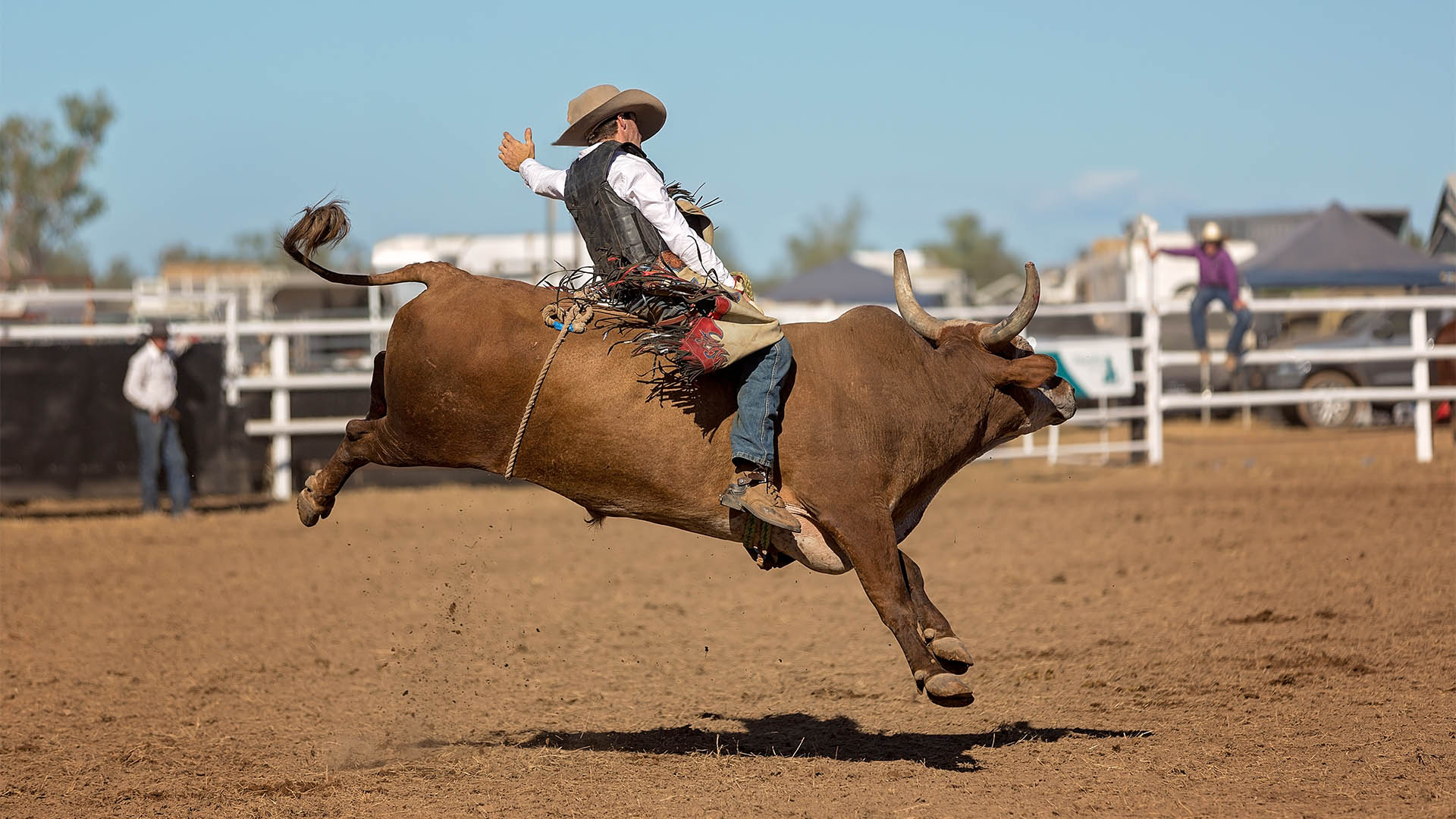The first estimate of March quarter economic growth for the US economy confirmed the upgrade from the Federal Reserve to the way it described the growing economic bounce back.
US Commerce department figures on Thursday confirmed economic growth received a massive boost in the first three months of 2021 from the $US1.9 trillion fiscal stimulus that fuelled consumer spending, along with looser lockdown restrictions and rising numbers of vaccinations as new Covid-19 infections slowed.
Gross domestic product (GDP) increased 1.6% quarter on quarter or 6.4% on an annualised basis in the first quarter. That topped economists’ forecasts for 6.1% growth.
On Wednesday the Fed noted that “indicators of economic activity and employment have turned up recently, although the sectors most adversely affected by the pandemic remain weak.”
In that commentary it dropped a reference to employment that was in the previous post-meeting statement and the continuing growth in jobs confirms that.
Fed Chairman Jerome Powell told a media conference that that while housing activity is above where it had been and other parts have recovered close to pre-pandemic levels, the recovery remains “uneven and far from complete.”
But the GDP data showed a widespread acceleration in activity with extremely strong consumer spending – thanks to the stimulus and an equally large rise in savings, again thanks to the stimulus.
Outside of the reopening-fuelled third-quarter surge of 33.4% (annual, 7.4% quarter on quarter) last year, it was the best period for GDP since the third quarter of 2003.
“This signals the economy is off and running and it will be a boom-like year,” Mark Zandi chief economist at Moody’s Analytics said in commentary.
“Obviously, the American consumer is powering the train and businesses are investing strongly.”
The first estimate showed the GDP boost was broad-based came across a spectrum of areas, including increased personal consumption, fixed residential and non-residential investment and government spending. Declines in inventories and exports as well as an increase in imports subtracted from growth.
Consumers, who account for 68% of the economy, boosted spending by 10.7% in the quarter, compared with a 2.3% increase in the December quarter.
The spending was largely focused on goods, which increased 23.6%, but spending on services, which had been missing in the recovery, grew by a reasonable 4.6%.
On the goods side, spending surged 41.4% on durable goods like home appliances and other long-lasting purchases.
Helping the rise in consumer spending was the first Biden round of stimulus checks, this time for $US1,400.
But while many used the free money to spend, they also lifted savings with, the savings rate soaring to 21%, from 13% in the December quarter.
Imports also continued to increase, rising 5.7%, while exports declined by 1.1%. Imports subtract from GDP.
Government expenditures and investment increased 6.3%, including a 13.9% rise at the federal level and a 1.7% gain in state and local groups.
Inventories declined sharply, shaving 2.64 percentage points off the top-line GDP gain, owing largely to spending in the US outpacing much of the rest of the world.
However, that slump in will boost overall growth numbers later as producers boost production.













